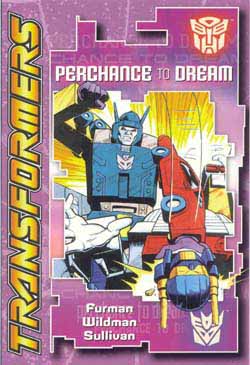 Â
Â
By Simon Furman & various (Titan Books)
ISBN 1-84576-062-X
This digest-size (they’re calling them Manga Format these days) collection of the British-originated strip adventures of the shape-changing robots from the stars features tales from the weekly comic (issues # 230-233, 241-242, 255-260 and 287-289) published by Marvel UK in the 1980s and 1990s.
Simon Furman seems inextricably linked to the fortunes of the warring Autobots and Decepticons, and in conjunction with artists Jeff Anderson, Staz Johnson, Pete Knifton, Geoff Senior, John Stokes, Lee Sullivan and Andrew Wildman he concocts page after page of dizzying all-ages action for the young at heart.
The main body of the book deals with the manipulations of a mysterious mechanical mastermind who is trying to subvert the will of various Autobots by invading their dreams. Over six chapters Prowl, Silverbolt, Sunstreaker, Ironhide and Wheeljack face individual traumas before that insidious plot is defeated and the secret villain revealed.
The book’s theme is continued in a pastiche of Raymond Chandler’s classic Noir thriller ‘The Big Sleep’ as robotic private eye Nightbeat and his assistant Siren find themselves solving the mystery of an unidentified body on a beach in ‘The Big Shutdown’. The Autobot Micro-masters star in ‘A Small War’ on the home planet of Cybertron, and Thunderwing leads an ‘Assault on the Ark’, before the concluding tale of an ambitious (human) reporter out of his depth, closes the book on a lighter note in ‘Inside Story’.
Although originally targeted at younger children these tales are full of in-jokes and crafty wit, as well as the requisite action and ubiquitous strident name-checks and dramatic posturing, which makes them a comfortable read for any fan of the brand or comic strips in general.
© 2006 Hasbro. All Rights Reserved.

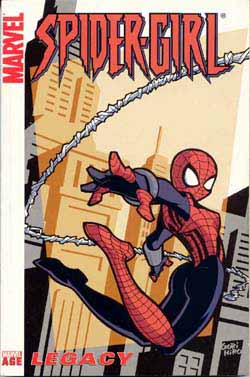 Â
 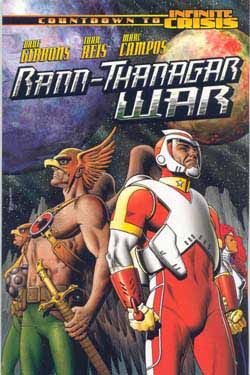 Â
 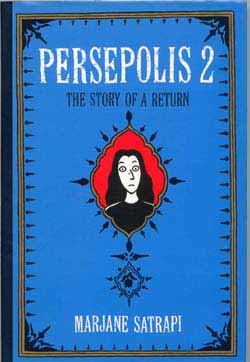 Â
 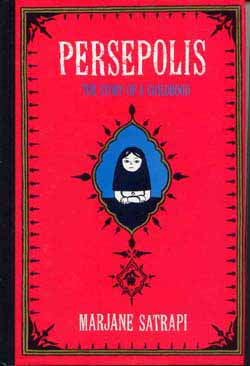 Â
 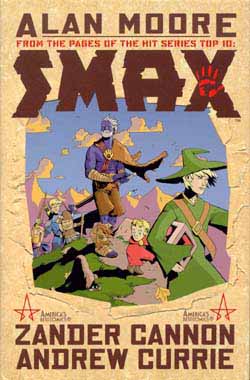 Â
 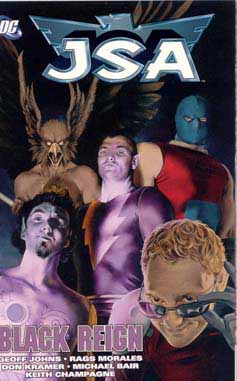 Â
 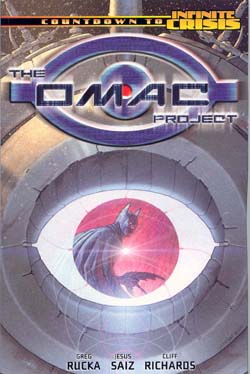 Â
 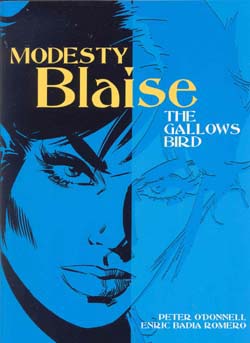 Â
 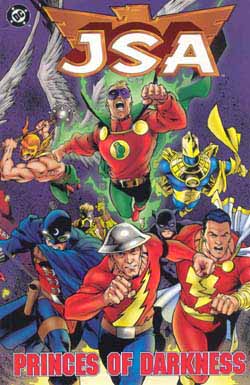 Â
Â